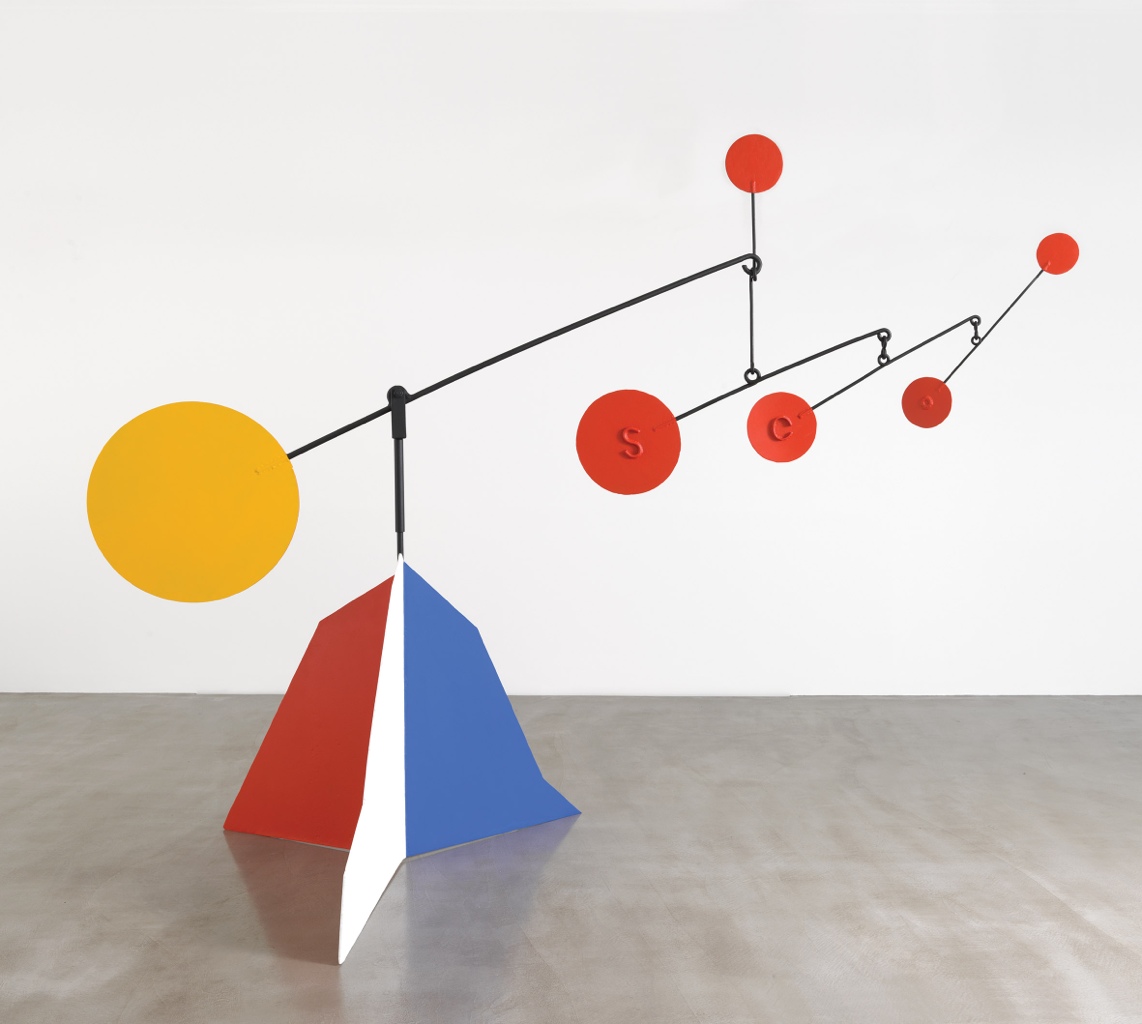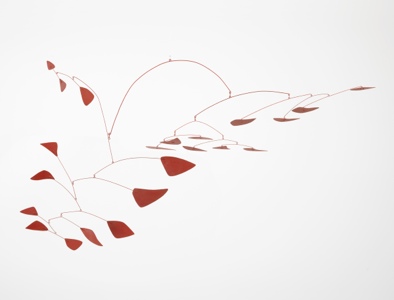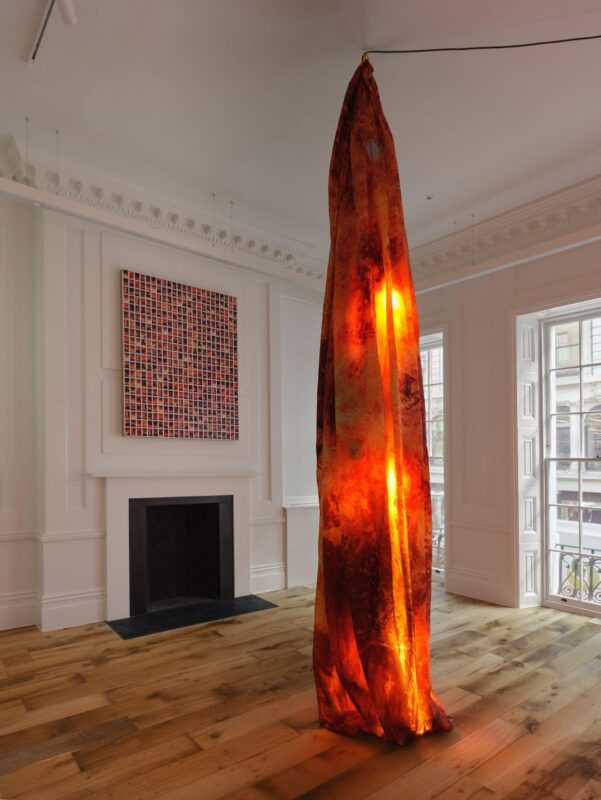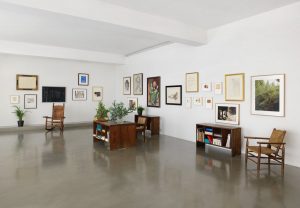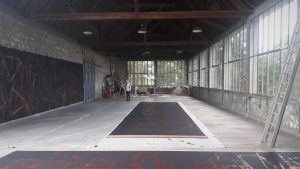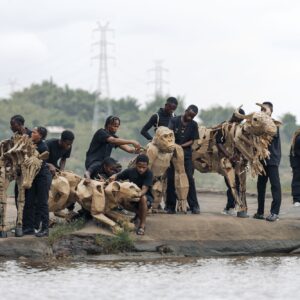As you walk through the hustle and bustle of Savile Row, past the imposing black granite of Hauser + Wirth, stop and look across the road and wait until the sun catches a metal shape slowly spinning, suspended on a wire from the ceiling. This is part of an Alexander Calder mobile in Ordovas Gallery, one of ten works in the Calder in India exhibition, 31st May – 3rd August 2012.
This is the first show in fifty years (and the first ever showing in the West) to host the works created in the three months that Alexander and Louisa Calder spent travelling and staying with friends in India; a testament once more to Pilar Ordovas’s wonderful talent for uncovering the story behind an artwork, and managing to pull it all together; pieces from all over the globe found, brought over and installed in her gallery. In fact, Untitled has never been shown in public, and this is the largest of the works, resplendent in blue, red and yellow.
The mobiles are captivating. Beautiful in their own right, with impressive proportions and a clever balance of thin metal supports with handing circles and triangles in red, black and white, but even more fascinating as you watch them slowly move with the breeze, metamorphosising into another sculpture altogether. To see the works together is an added treat as you explore how the format works in different scales, and as you walk around them and the view changes you find yourself interacting and reinterpreting. In fact, as Tuesday was the private view, there were a few near misses as parts came rather close to people’s heads and shoulders.
For me, the most beautiful of all is the smallest, Six Moons over a Mountain (which Calder had sent to his hosts before coming over to visit) with its tiny white moons no bigger than a few millimetres in diameter, balancing over the central column. Whilst considering the invitation Calder became interested in a kite festival in Ahmedabad, and it is easy to see his fascination with flight and the airbourne, as many of the shapes suspended in sculptures such as White Moon or Sumac 17 are similar to kites or leaves. Other Indian influences can be seen in the names of the sculptures, including Guava and Franji Pani, but these are very much typical of Calder’s work, and the more discerning eye can pick out the stylistic influences of the trip.
What a wonderful opportunity, not only to see the works from Calder’s India trip for the first time, but to see any ten works by Alexander Calder together. Highly recommended.
Words: Naomi Richmond-Swift
